สรุป Gerund And Infinitive
1. Gerund (การเปลี่ยนคำกริยานามเอกชนิดหนึ่ง)
Gerund เป็นคำกริยาที่มีลักษณะเหมือนนาม โดยการเติม -ing ที่ปลายคำกริยา และมักใช้เป็นชื่อคำที่อาจกระทำหรือกระทำต่อไปจนสิ้นสุด ตัวอย่างเช่น “swimming” หมายถึงการว่ายน้ำ หรือ “singing” หมายถึงการร้องเพลง
2. การใช้ Gerund ในประโยค
Gerund ใช้เป็นเนื้อหาหลักในประโยค ในบางกรณี คำกริยาชนิดนี้จะใช้เป็นประธาน กรรม และวิเศษณ์ ตัวอย่างการใช้งานได้แก่ “I love swimming” (ฉันรักการว่ายน้ำ) หรือ “She enjoys singing” (เธอชอบการร้องเพลง)
3. Infinitive (การใช้คำกริยาช่องที่ 2)
Infinitive เป็นรูปที่มีลักษณะเช่นเดียวกับคำกริยาธรรมดา แต่มักจะเป็นคำกริยาที่ไม่มีหรือไม่เติมอะไรเพิ่มเติม ตัวอย่างเช่น “to swim” หรือ “to sing”
4. Infinitive เป็นกริยาหนึ่งเหมือนกันของผันคำกริยาและกริยาช่องที่ 3
Infinitive ในภาษาไทยเป็นการแสดงความต้องการ คำกริยาช่องที่ 2 ใช้ในภาษาอังกฤษในเชิงบวกเพื่อแสดงความรู้สึกหรือความต้องการ ตัวอย่างเช่น “I want to swim” (ฉันต้องการจะว่ายน้ำ) หรือ “She needs to study” (เธอต้องการเรียน)
5. การใช้ Infinitive ในประโยค
Infinitive ใช้เพื่อแสดงวัตถุประสงค์ มักจะเสมือนกับคำกริยาช่องที่ 1 หรือรูปศัพท์เสริม ตัวอย่างเช่น “I went to the store to buy some groceries” (ฉันไปร้านค้าเพื่อซื้อของชำ) ในกรณีนี้ “to buy” เป็น Infinitive ที่ใช้เพื่อแสดงวัตถุประสงค์ในการไปร้านค้า
6. ความแตกต่างระหว่าง Gerund และ Infinitive
Gerund และ Infinitive มีความแตกต่างกันตรงที่ Gerund เป็นคำกริยาที่ใช้เป็นนาม ส่วน Infinitive เป็นคำกริยาที่ใช้เป็นรูปศัพท์เสริมหรือรูปกริยาหนึ่งเดียว อีกทั้ง Gerund สามารถใช้เป็นประธาน กรรม หรือวิเศษณ์ได้ ในขณะที่ Infinitive สามารถใช้เพื่อแสดงความต้องการหรือวัตถุประสงค์ในประโยค
สรุป Gerund and Infinitive:
การใช้ Gerund และ Infinitive เป็นส่วนสำคัญของการพูดและเขียนในภาษาอังกฤษ โดยทั้งสองคำกริยานี้มีลักษณะและการใช้งานที่แตกต่างกัน ผู้ศึกษาจำเป็นต้องเข้าใจและฝึกปฏิบัติการใช้งานทั้งคู่เพื่อให้สามารถสื่อสารภาษาอังกฤษได้อย่างถูกต้องและสามารถเข้าใจคำพูดและเรื่องราวที่เกี่ยวข้องได้ดียิ่งขึ้น ความรู้เกี่ยวกับ Gerund และ Infinitive ยังช่วยให้ผู้เรียนเข้าใจได้ว่าคำศัพท์หากใช้เป็น Gerund จะมีลักษณะการใช้งานที่แตกต่างกันไปในบางกรณี
โดยเปรียบเทียบและศึกษาการใช้คำกริยาทั้งสองนี้ในประโยคภาษาไทย ผู้เรียนจะสามารถใช้งานในประโยคอังกฤษได้อย่างถูกต้องและรับรู้ถึงความแตกต่างระหว่าง Gerund และ Infinitive ในทางปฏิบัติ คำกริยาเหล่านี้เป็นส่วนสำคัญของการพูดและเขียนในภาษาอังกฤษ ดังนั้น การศึกษาและปฏิบัติการใช้งาน Gerund และ Infinitive เป็นสิ่งสำคัญที่ไม่ควรมองข้าม ให้ทำความเข้าใจและฝึกปฏิบัติในการใช้เป็นประสบการณ์ที่มีคุณค่า
FAQs (คำถามที่พบบ่อย):
1. Q: ความแตกต่างระหว่าง Gerund และ Infinitive คืออะไร?
A: Gerund เป็นคำกริยาที่มีลักษณะเหมือนนาม โดยการเติม -ing ที่ปลายคำกริยา และใช้เป็นประธาน กรรม หรือวิเศษณ์ในประโยค เช่น “I love swimming” ในขณะที่ Infinitive เป็นคำกริยาที่ใช้เป็นรูปศัพท์เสริมหรือรูปกริยาหนึ่งเดียว และใช้เพื่อแสดงความต้องการหรือวัตถุประสงค์ในประโยค เช่น “I want to swim”
2. Q: ทำไมเราถึงต้องเรียนรู้การใช้ Gerund และ Infinitive ?
A: Gerund และ Infinitive เป็นส่วนสำคัญของการพูดและเขียนในภาษาอังกฤษ การนำมาใช้ในประโยคอย่างถูกต้องจะช่วยให้ผู้เรียนสามารถสื่อสารภาษาอังกฤษได้อย่างถูกต้องและเข้าใจคำพูดและเรื่องราวที่เกี่ยวข้องได้ดียิ่งขึ้น
3. Q: มีข้อสอบหรือแบบทดสอบใดที่สามารถฝึกการใช้ Gerund และ Infinitive ได้หรือไม่?
A: ใช่ เครื่องมือการศึกษาออนไลน์หลายอย่างมีแบบทดสอบและแบบฝึกหัดที่ให้ผู้เรียนทดลองใช้ Gerund และ Infinitive ในบริบทที่แตกต่างกัน เพื่อปรับปรุงทักษะในการใช้คำกริยาเหล่านี้
4. Q: คำกริยาใดบ้างที่เราสามารถใช้เป็น Gerund หรือ Infinitive ได้ทั้งสองรูป?
A: บางคำกริยาอาจใช้ทั้งเป็น Gerund และ Infinitive โดยขึ้นอยู่กับบริบทที่ใช้ เช่น “I like swimming” และ “I like to swim”
5. Q: การใช้ Gerund และ Infinitive มีกฎหรือระเบียบที่เราต้องจำไว้หรือไม่?
A: การใช้ Gerund และ Infinitive มีกฎและระเบียบที่บังเกิดขึ้นบ่อยๆ เช่น บางกริยาจะต้องตามด้วย Gerund หรือ Infinitive เท่านั้น ดังนั้น การศึกษาและปฏิบัติการใช้งานเป็นสิ่งสำคัญที่เพื่อความถูกต้องและความเข้าใจ
นี่เป็นสรุป Gerund และ Infinitive ที่จะช่วยให้นักเรียนเข้าใจและฝึกปฏิบัติการใช้งานเหล่านี้ได้อย่างถูกต้อง ทั้งสองคำกริยานี้เป็นส่วนสำคัญของการศึกษาอังกฤษ ดังนั้น ความรู้และความเข้าใจในการใช้งาน Gerund และ Infinitive จะเป็นสิ่งที่สำคัญในการเรียนรู้ภาษาอังกฤษอย่างมีประสิทธิภาพต่อไป
Verb + Infinitive, Verb + Gerund ต่างกันยังไง?
คำสำคัญที่ผู้ใช้ค้นหา: สรุป gerund and infinitive
รูปภาพที่เกี่ยวข้องกับหัวข้อ สรุป gerund and infinitive
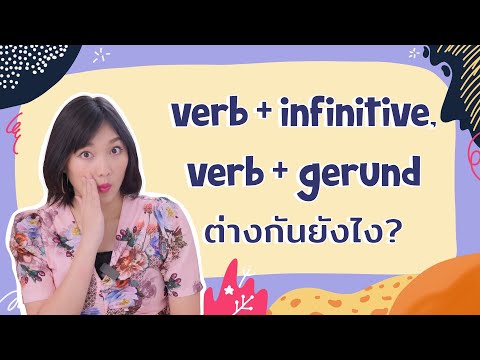
หมวดหมู่: Top 20 สรุป Gerund And Infinitive
Gerund ดูยังไง
What are gerunds?
Gerunds are verbal forms that end in “-ing” in English. Similarly, in Thai, gerunds are formed by adding the word “กำลัง” (kam lang) before the main verb. This construction enables the verb to function as a noun, allowing it to take on various functions within a sentence.
Usage of gerunds in Thai
Gerunds in Thai are utilized for a variety of purposes and serve as essential components of sentence structure. Let’s explore some of the key functions of gerunds in Thai grammar:
1. As subjects: Gerunds can act as the subject of a sentence. For example:
– การอ่านช่วยเพิ่มความรู้ (kaan aan chuay phem kwaam roo) – Reading helps increase knowledge.
2. As objects: Gerunds can function as direct objects in a sentence. For example:
– เขาชอบการเดินเล่นบนชายหาด (khao chop kaan dern len bon chaai had) – He enjoys walking on the beach.
3. After prepositions: Gerunds can follow prepositions to indicate the purpose or motivation of an action. For example:
– เพื่อเติมพลัง ฉันออกกำลังกายทุกวัน (pheua teem phlang, chan auk kam lang gai took wan) – In order to recharge, I exercise every day.
4. After specific verbs: Certain verbs in Thai require the use of gerunds following them. For example:
– เธอชอบเต้นรำ (ther chop dtawn ram) – She loves dancing.
– เจ้าต้องการช่วยเพื่อน (jaow tong gaan chuay phuean) – I need to help my friend.
Gerunds can also be modified by adverbs, such as “อย่าง” (yang), which translates to “in a way.” This adverb highlights the manner in which the action is performed. For example:
– เด็กเล็กกำลังวิ่งอย่างเร็ว (dek lek kam lang wing yang reo) – The child is running quickly.
Aside from these common usages, gerunds can be found in a wide variety of contexts within the Thai language, making them an integral part of communication.
Frequently Asked Questions
Q: Are gerunds used frequently in everyday Thai conversation?
A: Yes, gerunds are commonly used in spoken and written Thai. They allow for clear and concise expression of actions, serving as both subjects and objects in sentences.
Q: Can gerunds be used with all verbs in Thai?
A: Not all verbs in Thai can be used with gerunds. It depends on the specific verb and its compatibility. Some verbs naturally require a gerund after them, while others do not.
Q: Are there variations in gerund formations?
A: Yes, there are variations in gerund formations depending on the verb being used. In some cases, the gerund can be formed by adding “กำลัง” (kam lang) before the main verb, while in others, the verb needs to be modified slightly.
Q: How can I determine when to use a gerund in Thai?
A: Understanding the gerund usage in Thai requires practice and exposure to the language. As you engage in conversation and observe native speakers, you will become more familiar with the contexts in which gerunds are used.
Q: Are gerunds unique to the Thai language?
A: No, gerunds are not unique to Thai. They exist in various languages, including English, where they are used in a similar manner.
In conclusion, gerunds, known as “ดูยังไง” (doo yang ngai) in Thai, are crucial elements of the language. They allow for the formation of sentences and help convey actions in a concise manner. By understanding the proper usage and characteristics of gerunds, you can enhance your Thai language skills and effectively communicate in various contexts.
Infinitive คืออะไร มีการใช้อย่างไร
ในภาษาไทยมีส่วนหนึ่งที่เรียกว่า “infinitive” ซึ่งเป็นรูปเต็มของคำกริยา โดยธรรมชาติแล้ว infinitive จะมีคำวิเศษณ์(to) นำหน้ากริยา และส่วนมากจะใช้เพื่อแสดงลักษณะหรือคุณลักษณะโดยไม่เน้นกับช่วงเวลาหรือคำสั่งที่มีข้อเสียเชิงปฏิบัติการ ในบทความนี้เราจะสำรวจดูถึงความหมายและการใช้งานของ infinitive ในประโยคภาษาไทย
ความหมายและเพิ่มเติมเกี่ยวกับ Infinitive
Infinitive เป็นรูปเต็มของกริยาที่ไม่มีหน้าที่ให้แสดงปฏิบัติการหรือการกระทำใด ๆ โดยใช้อย่างแยกตัวออกจากนักศึกษาระดับต้น ในภาษาไทยว่า “บทวิเศษณ์ที่ 2” หรือ “คำกริยาบอกไม่ตรงใจ” ถึงแม้ว่าชื่อ types ของ infinitive ในภาษาไทยจะมีหลายประเภท แต่ในบทความนี้ เราจะสนใจกับ infinitive ที่มีคำวิเศษณ์ (to) นำหน้าดังนี้
1. Infinitive ที่ใช้แทนคำกริยาที่เป็นรูปแท่งหรือซ้ำซาก เช่น:
– She wanted to go to the movies. (เธออยากจะไปดูหนัง)
2. Infinitive ที่ใช้เป็นเนื้อหาหลักของประโยค เช่น:
– To travel is my dream. (การเดินทางเป็นความฝันของฉัน)
3. Infinitive ที่ใช้สำหรับการดำเนินการพร้อมกัน เมื่อไม่มีประโยคกริยาหลักสองประโยค และใช้สำหรับการแสดงว่าเรื่องเกี่ยวกับภาพและความพร้อมทำให้ได้ผลเป็นอย่างไร เช่น:
– She was too tired to continue. (เธอเหนื่อยมากเกินไปที่จะดำเนินการต่อไป)
การแปลงท่านกายาปากเท้าเป็น Infinitive
การแปลงท่านกายากาเท้าบางกรณีจะใช้ Infinitive เครื่องหมายในภาษาไทย ซึ่งเป็น “เอะ” ย่อย ๆ นำหน้าคำกริยาดังนี้:
1. ใช้ Infinitive ในประโยคเนื่องจากโค้ดเครื่องหมาย “เอะ” อยู่ข้างบนคำกริยา เช่น:
– เดิน: เดินเอะ
– ถิ่น: ถิ่นเอะ
2. ใช้ Infinitive ในประโยคเบื้องต้นที่มีเครื่องหมาย “เอะ” หลังการกระทำหรือท่านกายาเครื่องหมาย เช่น:
– หายใจ: หายใจเอะเฉย
การใช้ Infinitive
นอกจากนี้ แล้วเรายังสามารถใช้ infinitive ในรูปแบบต่างๆ ได้อีกด้วย เช่น:
1. ในคำสั่ง: ใช้ infinitive เพื่อเปลี่ยนคำกริยาให้กลายเป็นคำสั่ง อย่างเช่น:
– Sit down and be quiet. (นั่งลงและเงียบๆ เถอะ)
– Go to bed and don’t wake up until morning. (ไปนอนและอย่าตื่นขึ้นมาจนกว่าเช้า)
2. เป็นเนื้อหาหลักของประโยค: ใช้ infinitive เพื่อชี้แจงประเด็นหลักของประโยค เช่น:
– His goal is to become a doctor. (เป้าหมายของเขาคือการเป็นหมอ)
3. ในประโยคถาม: infinitive อาจใช้เพื่อให้ข้อมูลเพิ่มเติมเกี่ยวกับช่วงเวลา หรือสถานการณ์ที่เกี่ยวข้อง อย่างเช่น:
– Did you remember to buy milk? (คุณจำได้ไหมว่าจะซื้อนม)
4. เมื่อตามไปด้วยคำอื่นๆ: infinitive อาจใช้เมื่อตามทันที่จากคำวิเศษณ์ การควบคุม ถาม หรือเงื่อนไข เช่น:
– He woke up to the sound of birdsong. (เขาตื่นขึ้นในเสียงของนก)
คำถามที่พบบ่อยเกี่ยวกับ Infinitive
Q: Infinitive คืออะไร?
A: Infinitive ในภาษาไทยคือ “บทวิเศษณ์ที่ 2” หรือ “คำกริยาบอกไม่ตรงใจ” ซึ่งเป็นรูปเต็มของคำกริยาที่ไม่มีหน้าที่ในการแสดงการกระทำหรือการกระทำใด ๆ
Q: หากคำวิเศษณ์ (to) ไม่ติดตามกับคำกริยา สามารถเรียก Infinitive ได้หรือไม่?
A: ในทางปกติ คำกริยาที่ไม่มีคำวิเศษณ์ (to) นำหน้าจะไม่ถูกเรียกว่า Infinitive
Q: Infinitive มีประโยชน์อย่างไรในการใช้ภาษาไทย?
A: Infinitive มีประโยชน์ในการใช้ภาษาไทยเพื่อแสดงคุณลักษณะหรือลักษณะโดยไม่เน้นที่เวลาหรือคำสั่งที่มีข้อเสียเชิงปฏิบัติการ
ดูเพิ่มเติมที่นี่: phauthuatdoncam.net
มี 48 ภาพที่เกี่ยวข้องกับหัวข้อ สรุป gerund and infinitive.
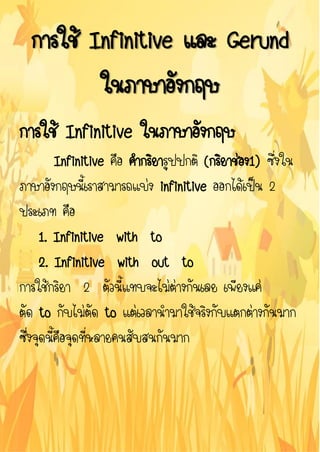
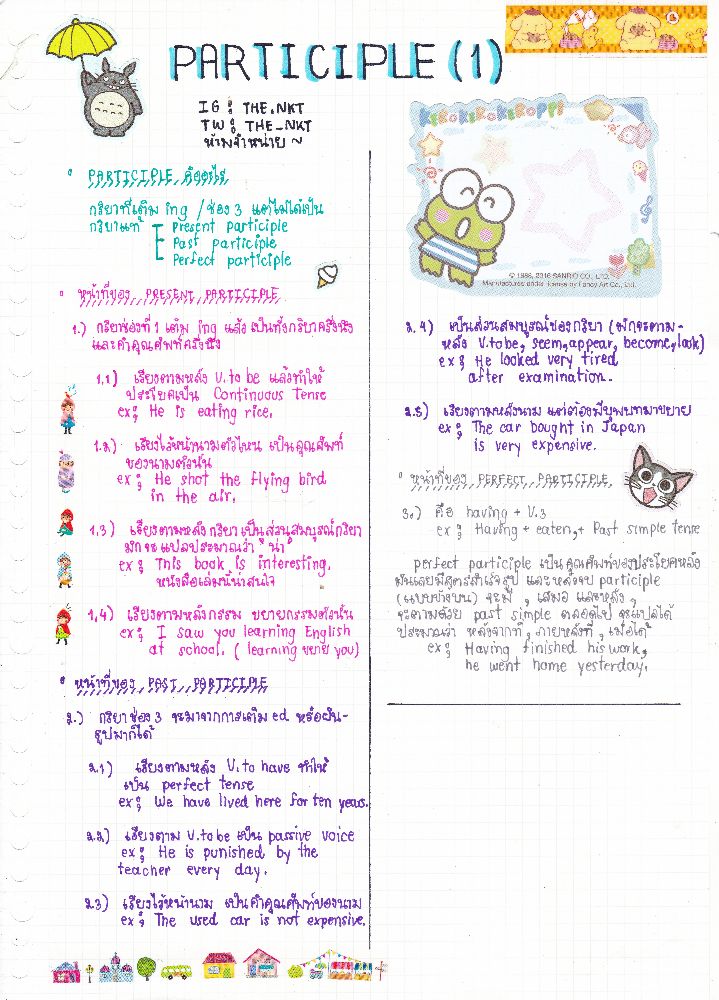





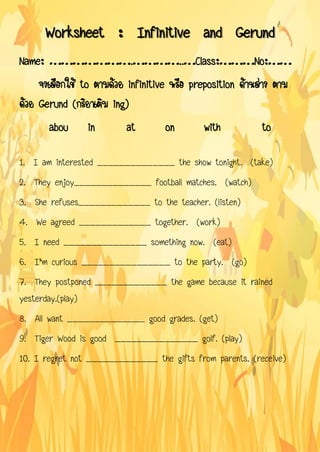

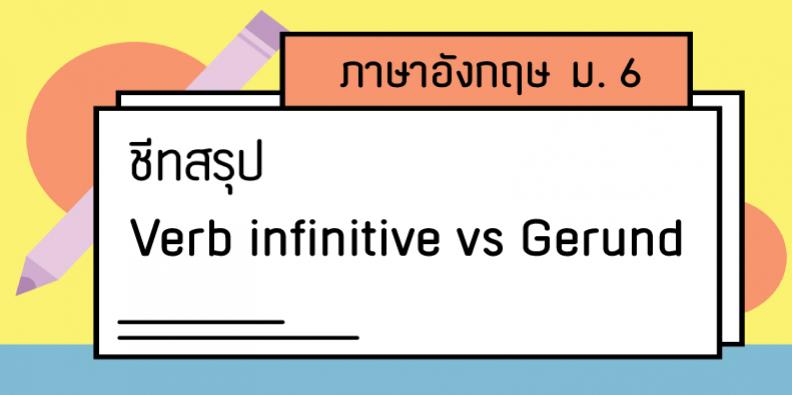

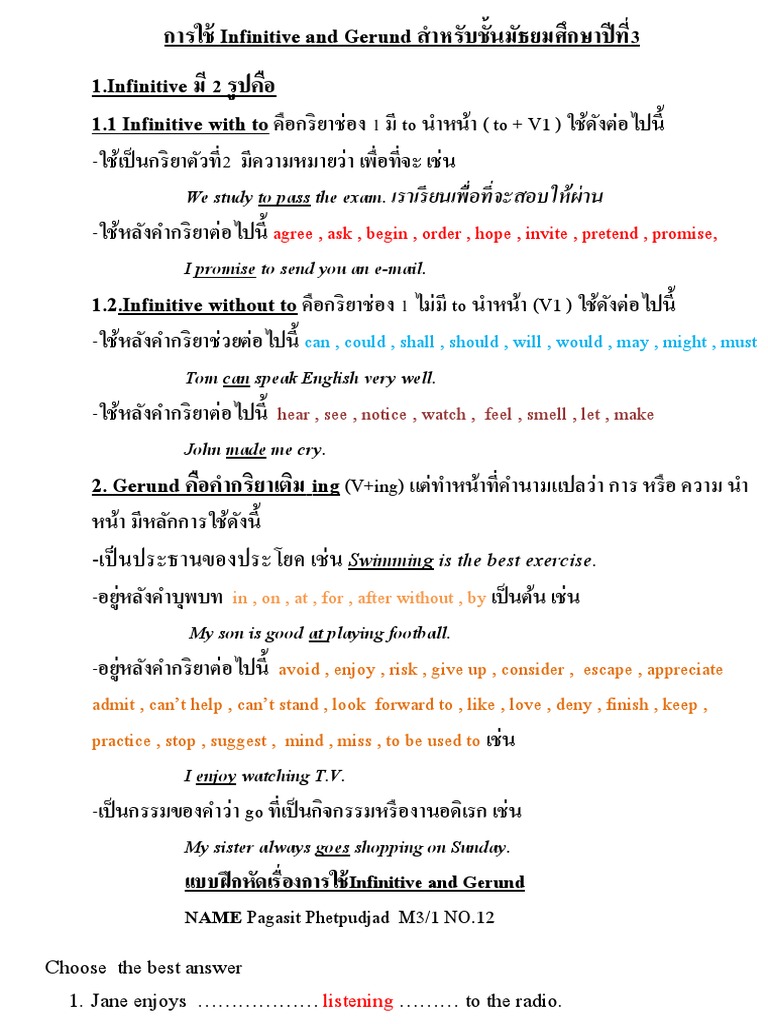


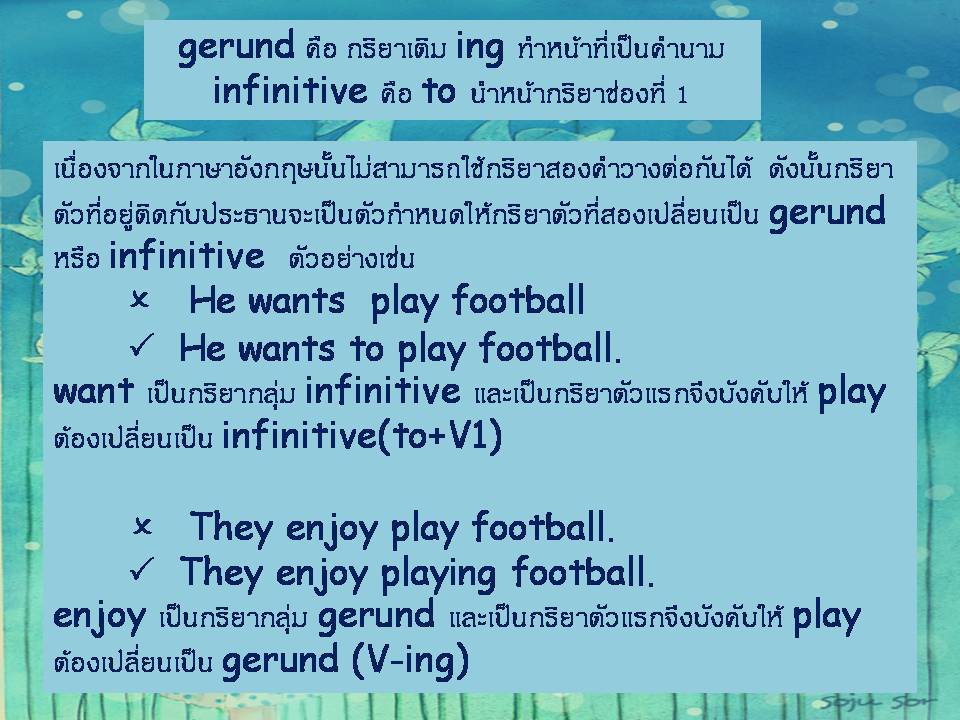





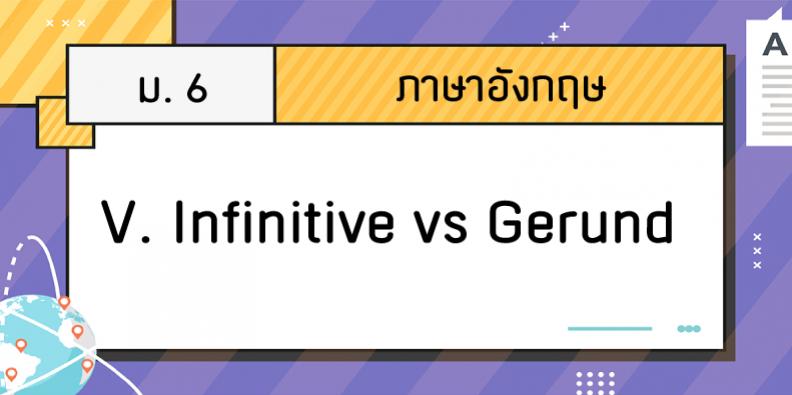
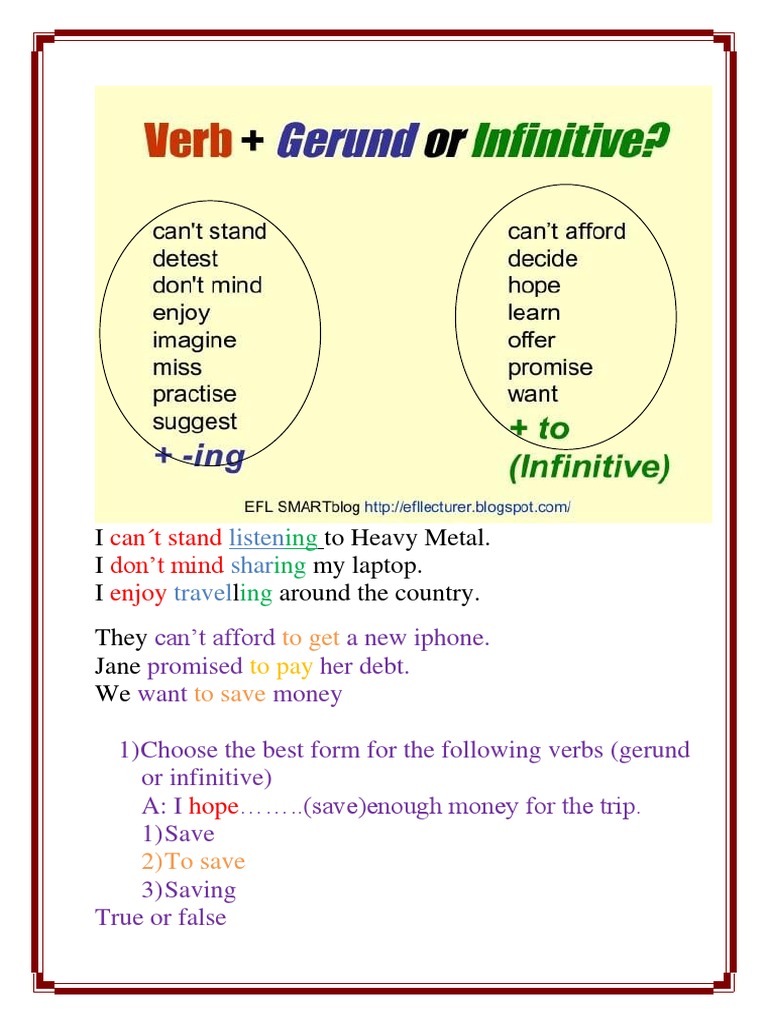

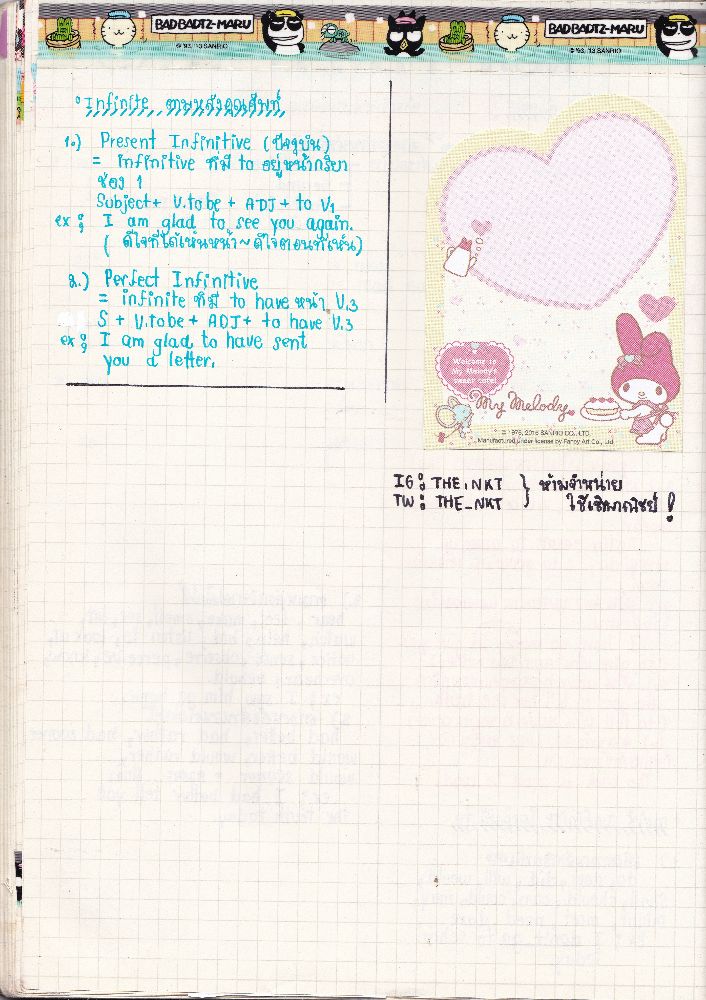


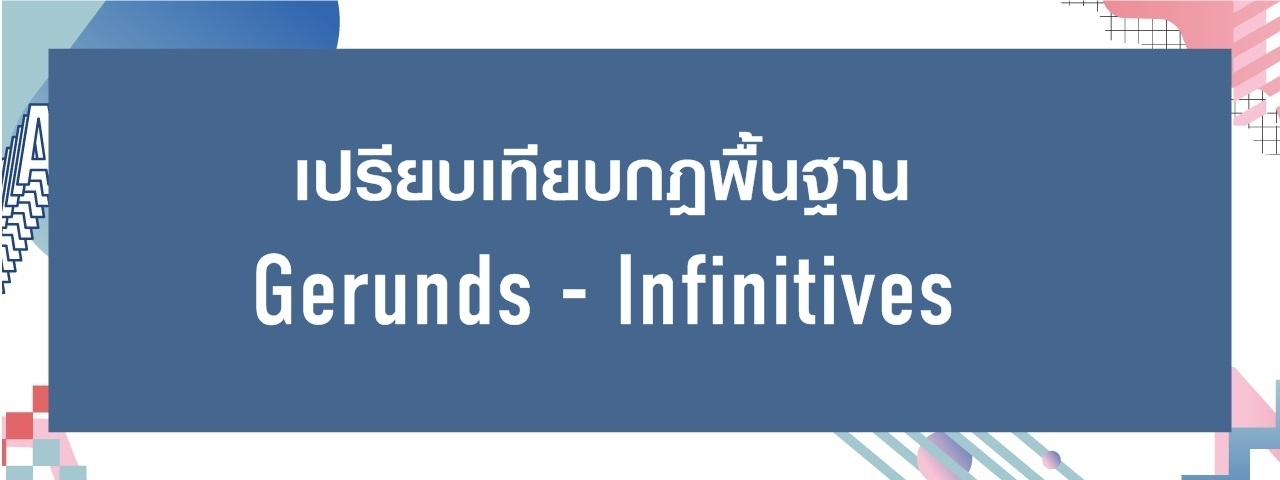

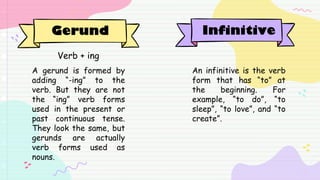
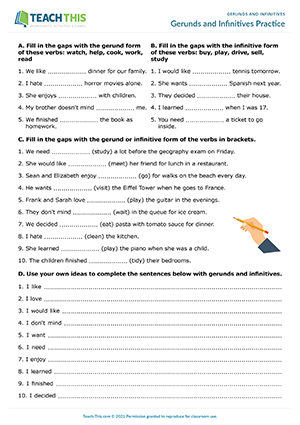
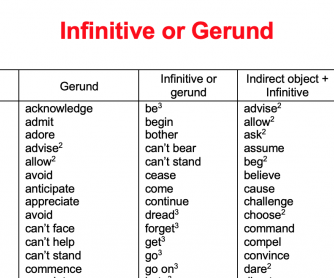


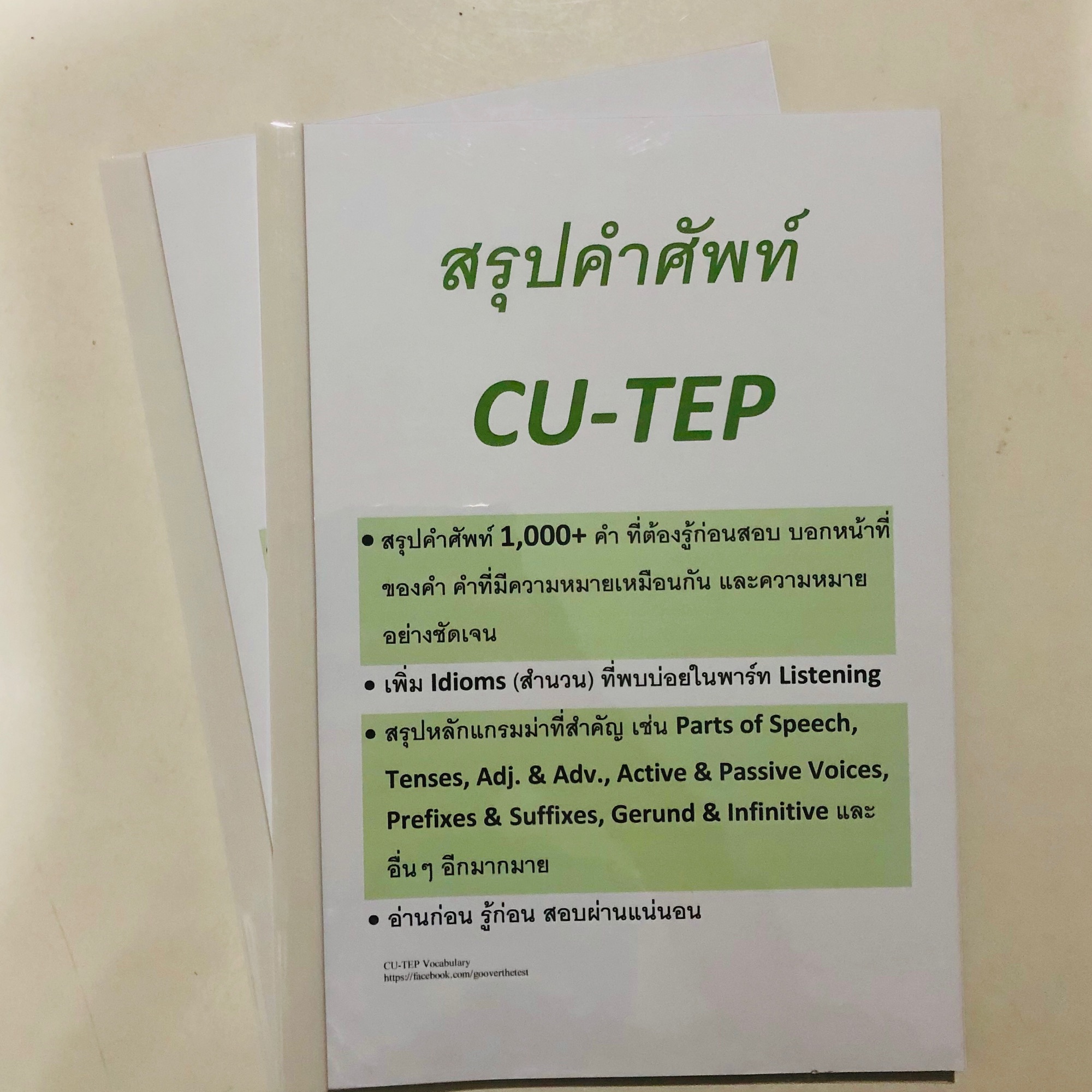
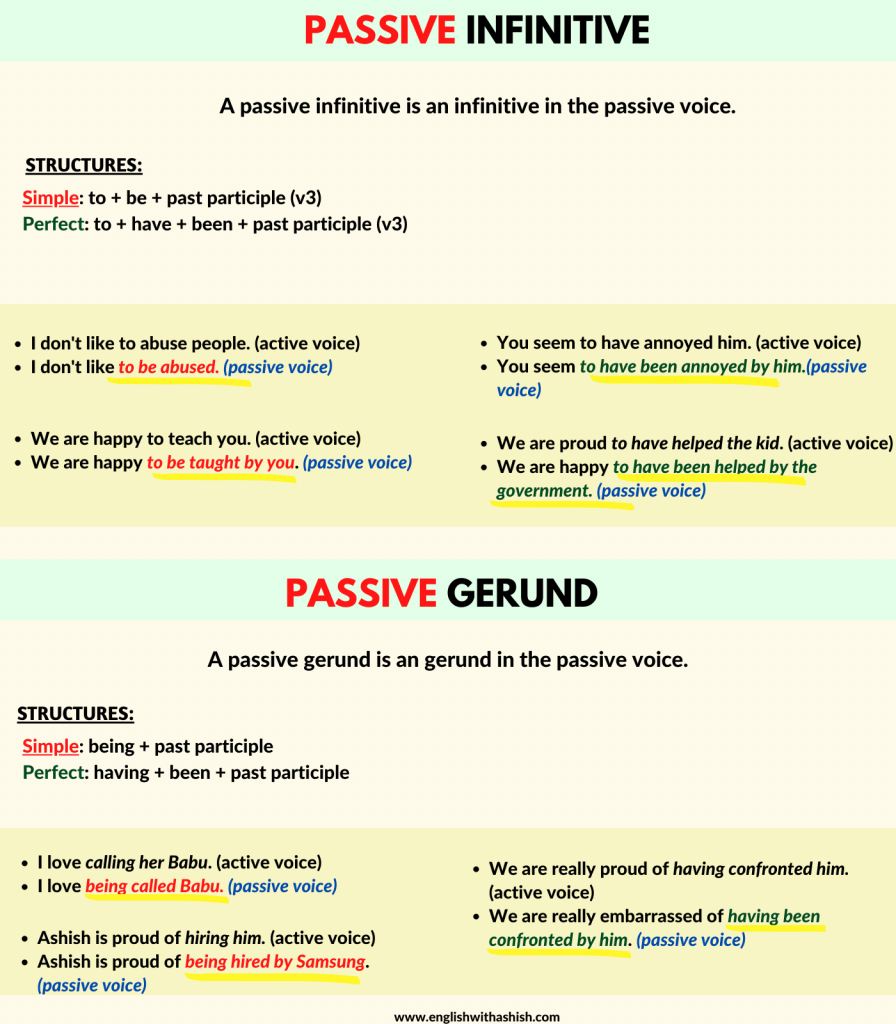

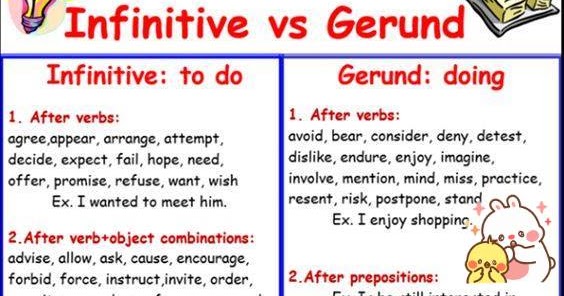


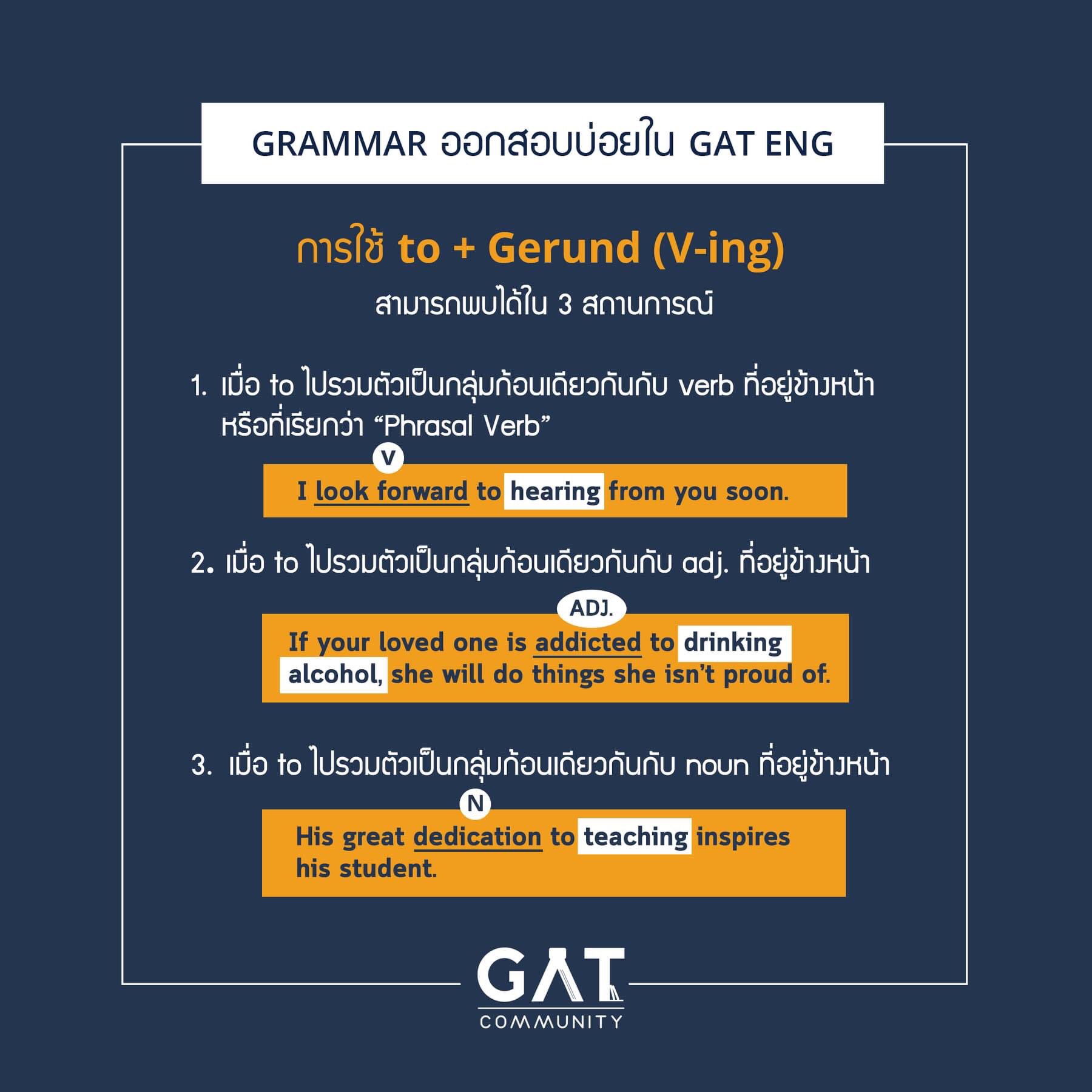

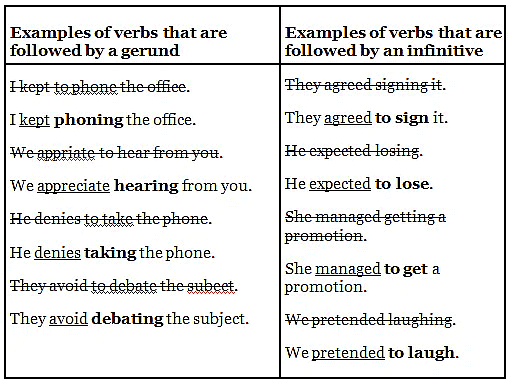
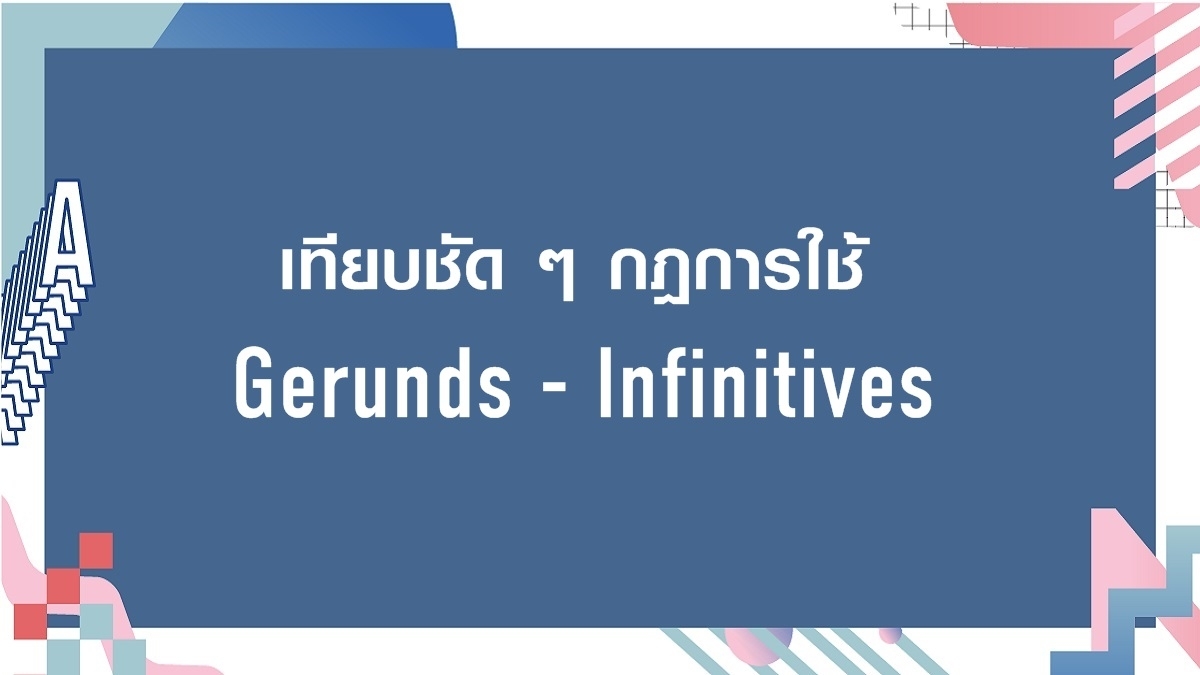


(226).jpg)
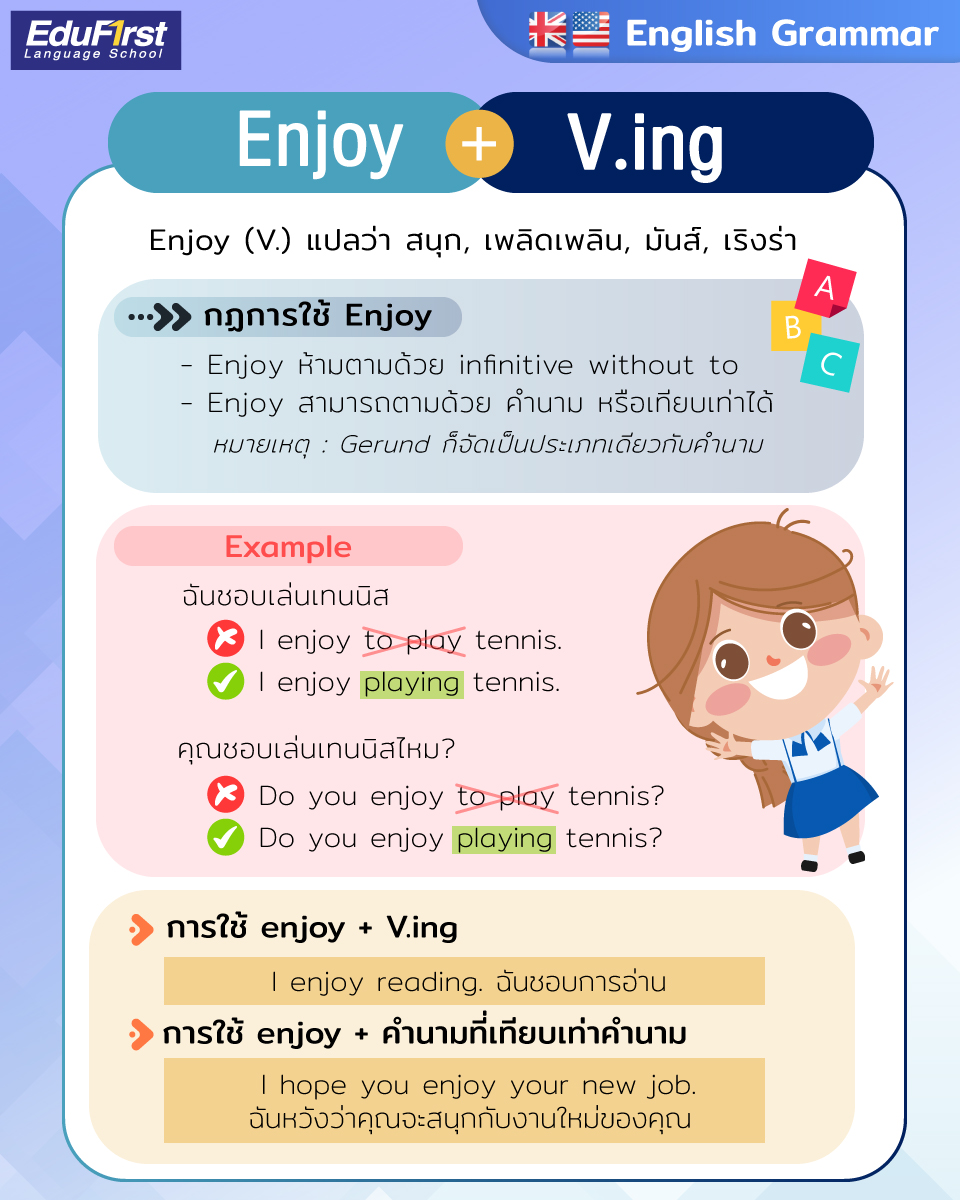
ลิงค์บทความ: สรุป gerund and infinitive.
ดูข้อมูลเพิ่มเติมเกี่ยวกับโพสต์หัวข้อนี้ สรุป gerund and infinitive.
- Gerund และ Infinitive – Google Docs
- gerund and infinitive คืออะไร สรุปไวยากรณ์อังกฤษทั้งสองเรื่องสั้นๆ …
- Gerund และ to infinitive แกรมม่าต้องรู้ก่อนสอบ TOEIC
- Gerund & Infinitive ฉบับเข้าใจง่าย! แถมศัพท์คำกริยาพบบ่อยที่มักจะ …
- โน้ตของ สรุปการใช้ Gerund & Infinitive – Clearnote
- Gerund & Infinitive ฉบับเข้าใจง่าย! แถมศัพท์คำกริยาพบบ่อยที่มักจะ …
- Infinitive คืออะไร การใช้ Infinitive with to กับ Infinitive without to ต่างกันอย่างไร
- กริยาเติม ing ตามหลัง to มีอะไรบ้าง จดจำให้ดีๆล่ะ จะได้ใช้ไม่ผิด
- การใช้ infinitive
ดูเพิ่มเติม: https://phauthuatdoncam.net/tv-shows-a-z/